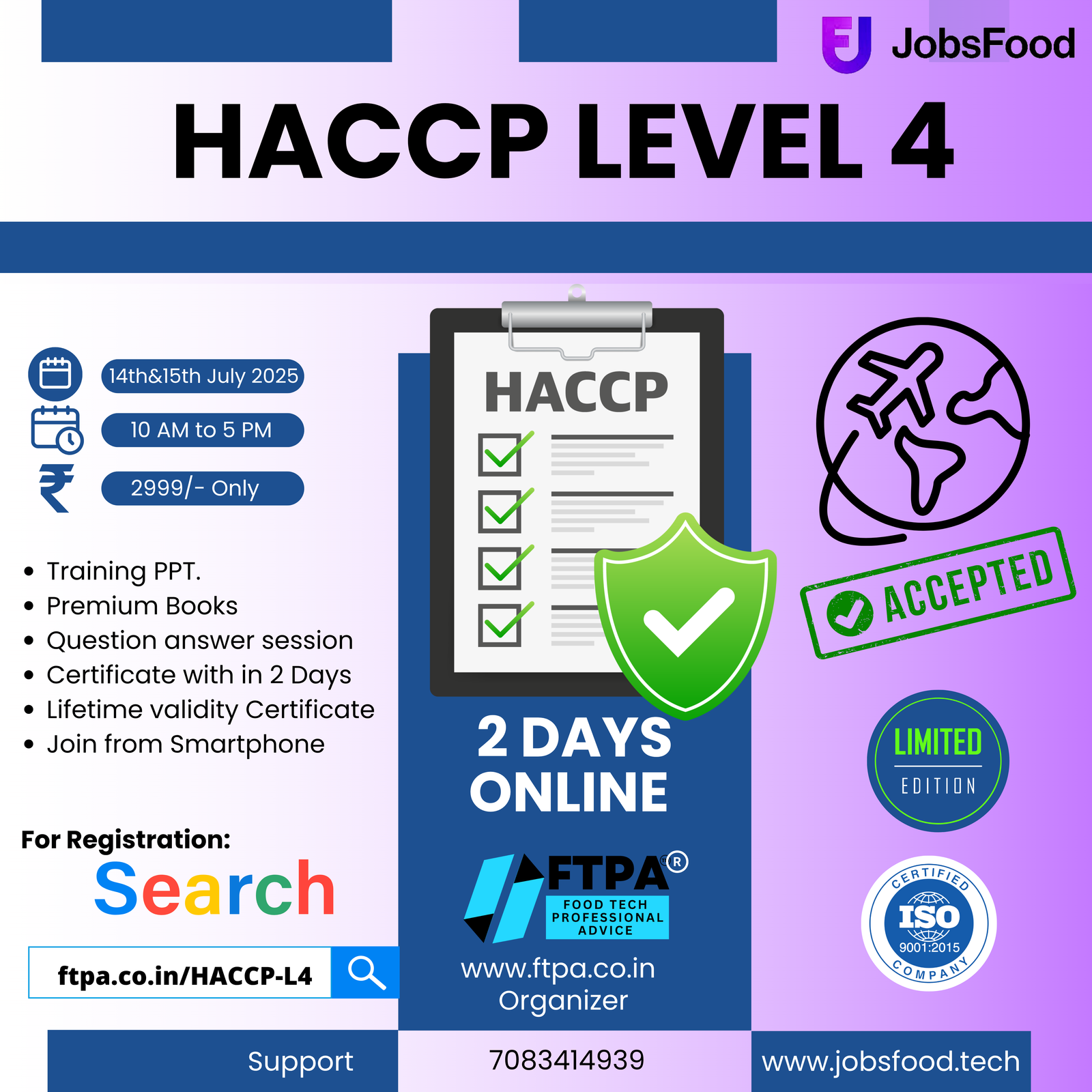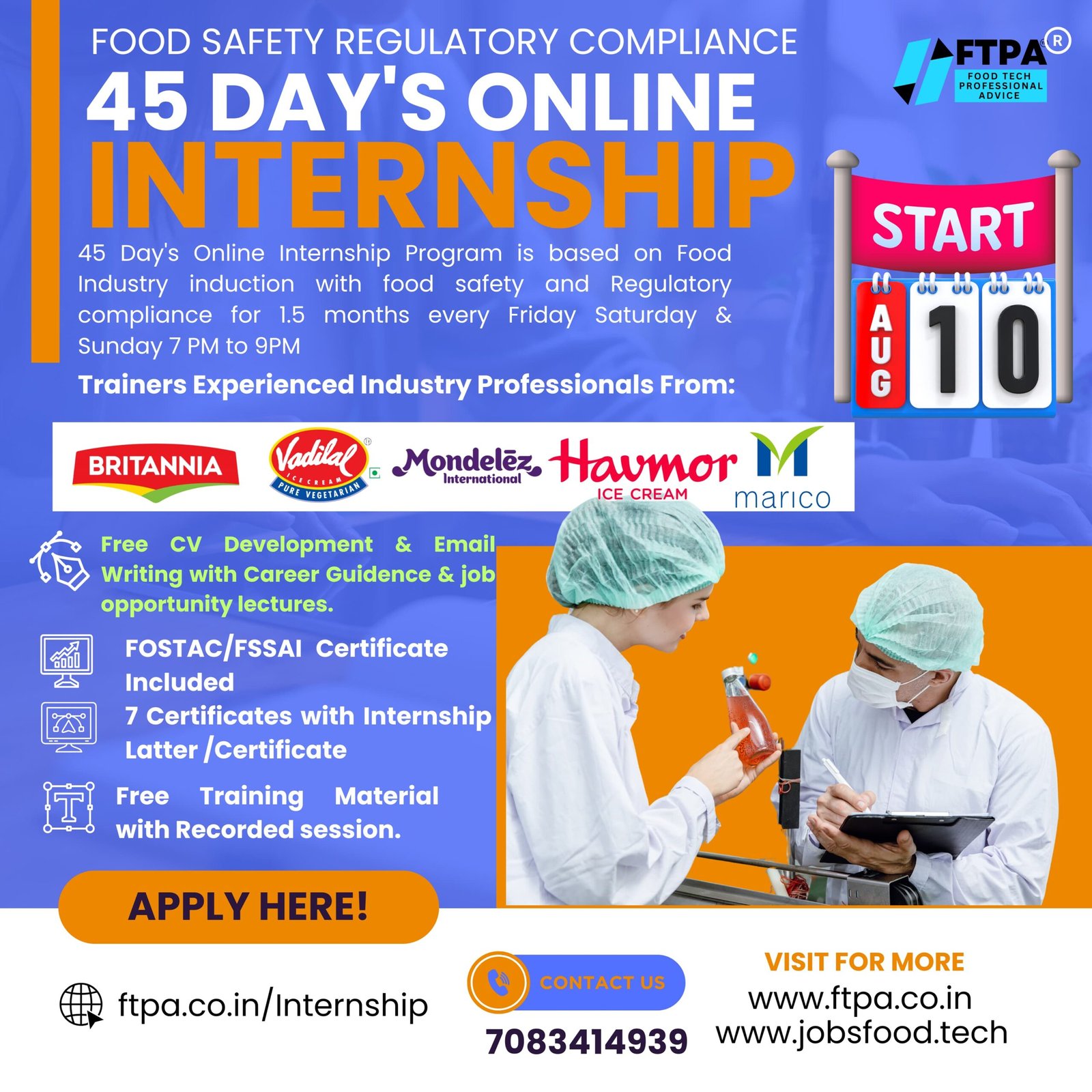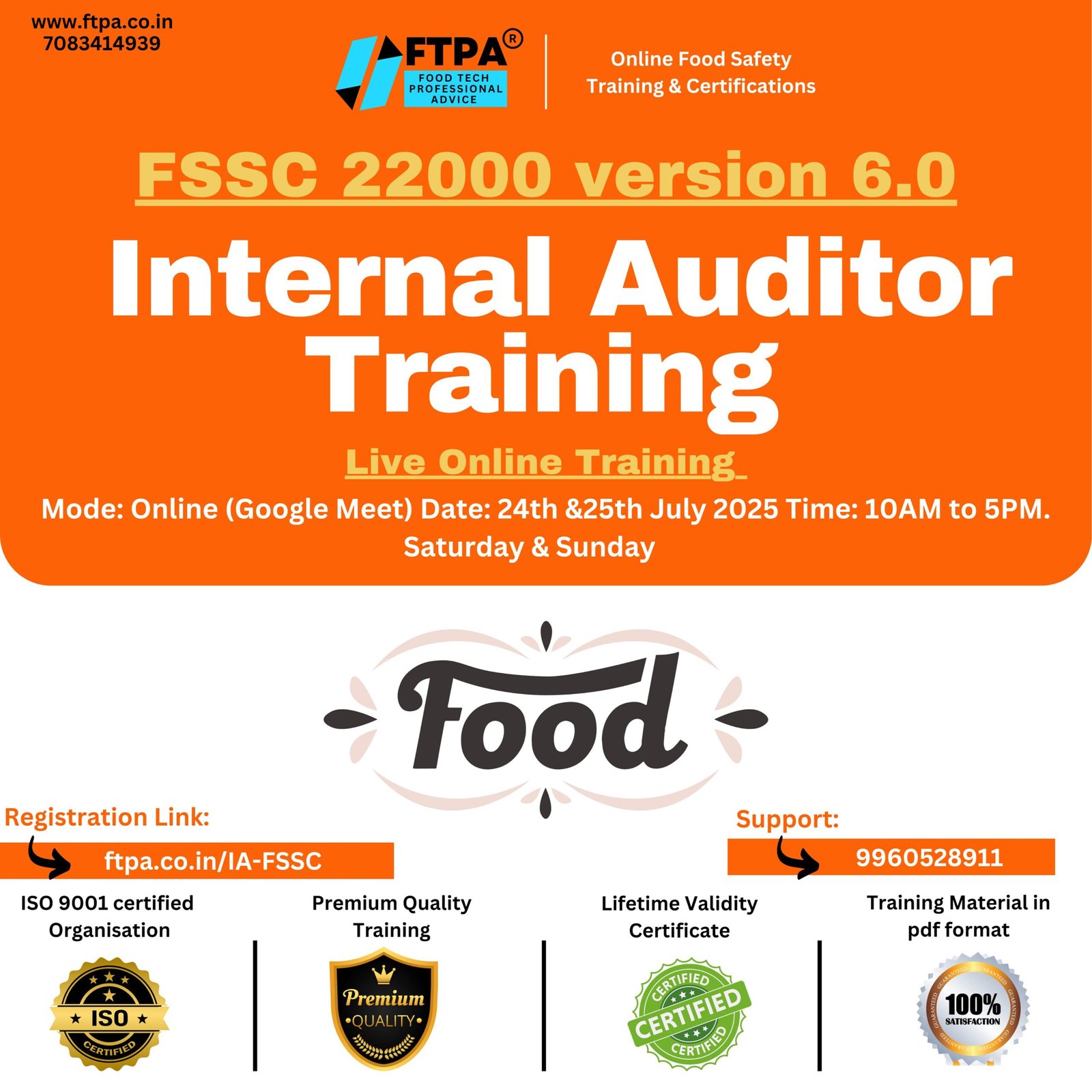[ad_1]
With the end of 2022 upon us, data from the CDC showed that COVID-19 cases in the United States had been on the decline in recent months; however, cases are beginning to tick up over the past few weeks, which raises a question about the status of the pandemic: Is the pandemic (really) over?
Admittedly, many people in the U.S. have already returned to normal in their personal lives; few masks are seen in public these days and restaurant dining rooms are open. Supply chain concerns and personnel policy adjustments are still at the forefront of COVID-19 mitigation policies, but where does the food industry stand if another surge occurs? Are we better prepared than we were in March 2020? Are there new regulations or guidance to support risk mitigation? Will there be enforcement criteria going forward?
Nearly three years in, let’s look back at the food sector’s overall response and take a speculative peek into the future.
Current Data
Before evaluating the food sectors’ efforts to protect both employee and food safety, let’s see where we stand. According to CDC’s data tracker, 2022 started with the highest number of COVID-19 cases ever recorded in the pandemic in the U.S., reaching more than 5,000,000 cases per week. As of November 28, 2022, the weekly case count sits at just upward of 305,000, up slightly from an October 2022 low mark of 265,000, a number that hasn’t been seen since June 2020.
But, before the celebrations begin, it’s important to note the slight uptick in cases recently amid reports of new variants that appear to have increased vaccine immunity evasiveness. It should also be noted that a similar low point occurred in June 2021, when U.S. case counts dropped to as low as 82,000 per week, only to spike to more than a million per week by August 2021.
In the spring of 2020, COVID-19 hit the meat and poultry industry hard. Workers in close proximity to each other in poorly ventilated chilly rooms offered the perfect conditions in which the virus could thrive and spread. With absenteeism high, some companies actually incentivized workers with cash bonuses to continue working even if they were ill, a practice that was eventually stopped to prevent further spread of the disease. There were clear indications that these conditions contributed to community spread events in situations where workers often shared transportation and even lived together. According to CDC’s newsletter Morbidity and Mortality Weekly Report, among 23 states reporting COVID-19 outbreaks in meat and poultry processing facilities, 16,233 cases in 239 facilities occurred, including 86 (0.5%) COVID-19–related deaths.
Guidance for Industry
The World Health Organization (WHO) published an early guidance document that offered initial steps the food industry should take as the pandemic exploded. This was a general document that was not country specific, but at least offered industry a starting point.
This was quickly followed by a guidance issued by the Department of Homeland Security’s Cybersecurity and Infrastructure Security Agency (CISA) on March 19, 2020, entitled “Guidance on the Essential Critical Infrastructure Workforce: Ensuring Community and National Resilience in COVID-19,” in which workers in the food and agriculture sector—agricultural production, food processing, distribution, retail and food service, and allied industries—were named as essential critical infrastructure workers (see “CISA Worker Risk Assessments,” below).
The agency’s National Infrastructure Protection Plan (NIPP) risk management framework, which has been in place since 2014, identifies 16 industry sectors as essential, including the food and agriculture sector, which is composed of an estimated 2.1 million farms, 935,000 restaurants, and more than 200,000 registered food manufacturing, processing, and storage facilities, accounting for roughly one-fifth of the nation’s economic activity. There are four other sectors applicable for food: water and wastewater, energy, transportation, and chemicals (pesticides). NIPP outlines the mitigation options for each sector using a matrix.
OSHA Steps In
In food facilities, COVID-19 response preparation was often assigned to food safety teams, staff who had a keen understanding of risk management but little or no public health knowledge. Although guidance was finally available, many scrambled to find accurate information for protocol development in the heat of an outbreak. This resulted in information and awareness gaps and poorly designed procedures such as the early attendance incentives, and it left workers to manage active disease cases identified during the workday.
Commonly implemented interventions included employee temperature screening at points of entry, control measures (universal face coverings), engineering controls (physical barriers), and infection prevention measures (additional hand hygiene stations). Adequate social distancing proved to be a real challenge for food producers, resulting in continued high case counts in some facilities.
In May 2020, OSHA released a COVID-19 planning guidance document based on traditional infection prevention and industrial hygiene practices. They encouraged plan managers to stay abreast of guidance from federal, state, local, tribal, and/or territorial health agencies, and to consider how to incorporate those recommendations and resources into workplace-specific response plans.
These plans should consider and address the level(s) of risk associated with various worksites and job tasks workers perform at those sites. OSHA divided job tasks into four risk exposure levels: very high, high, medium, and lower risk. The agency’s Occupational Risk Pyramid shows the four exposure risk levels to represent probable distribution of risk, with “very high” and “high” at the top of the pyramid, including workers primarily found in the healthcare field and those who come into direct contact with infected patients. Most U.S. food workers likely fall in the “medium” exposure risk level due to the high population density found in food facilities.
The publication of the OSHA guidance completed the fundamental information necessary to develop a comprehensive plan for preparation and response to a pandemic; however, it should be noted that these are guidance documents and therefore do not represent required actions under law. In the chaos of the early days of the pandemic, many didn’t know where to access CISA or OSHA documents, so there may still be implementation gaps that should be addressed. Enforcement activities remain unlikely unless actual regulations are proposed.
What Will Winter 2023 Bring?
Evidence is emerging that the Northern Hemisphere is on course for a surge of cases this winter; the question is, how large will it be? Scientists believe new immune-evading strains of the Omicron variant, behavior changes, and waning immunity could result in more COVID-19 infections.
With newer and more contagious variants of the disease emerging, a new phase of the pandemic response is likely at hand. Although largely unchanged from the August 2020 version 4.0 release, the 4.1 version of the CISA guidance encourages industry to use its recommendations to update or develop a response plan to further reduce the frequency and severity of the virus’s impact in the event of another surge in cases.
Currently, more than 400,000 cases are reported globally every day, or roughly 2.8 million per week. This is not an insignificant number. Nine of 12 countries with the highest per capita case counts are in Europe, and the U.S. often follows, after a brief lag. These cases aren’t equally distributed, so a review of certain countries or regions provides the most accurate data to try to predict future spikes, although it still amounts to looking into a muddy crystal ball.
European Union data is the most worrisome at present. Increasing cases, along with shifting dominance in variants and subvariants, could be a prediction for the U.S. Michael T. Osterholm, PhD, MPH, director of the Center for Disease Research and Policy (CIDRAP) at the University of Minnesota in Minneapolis, was appointed to (then) President-elect Biden’s 13-member Transition COVID-19 advisory board. He reports an increase from 1.1 million cases per week in early September 2022 to 1.9 million cases per week in the four-week period from September through October 11, 2022, in the EU, as reported by WHO. The WHO/EU consists of 53 countries, 37 of which reported increasing cases; 14 reported rates increasing at greater than 20% over the prior two weeks.
According to data for this period, reviewed by Dr. Osterholm, Germany reported fewer than 30,000 cases per day, a number that increased to 105,000 cases per day, and was at or near hospital capacity, during this four-week period in the fall of 2022. France reported increases from 17,000 to 56,000 per day over the same period, and both countries reported that 80% to 90% of cases were attributed to the BA.5 variant. Austria reported 4,000 per day, increasing to 14,000 cases per day, with hospitalizations increasing from 1,100 to 2,400 during the same period. Italy’s cases doubled, from 20,000 to 40,000.
While most countries have shifted to a more sustainable mode of pandemic response measures, China continues to utilize a strict zero COVID-19 policy, including the use of complete lockdowns. This policy resulted in a two-month lockdown of Shanghai earlier this year and a more recent shutdown in Guangzhou that impacted 19 million people. Several protests began in late November, as people across China have grown weary of these severe measures.
Yum China, the Shanghai-based company that owns the KFC, Pizza Hut, and Taco Bell chains in China, reports the challenges resulting from the continued shutdowns. “In October, approximately 1,400 of our stores were either temporarily closed or offered only takeaway and delivery services,” the company said on November 1, 2022.
On the other end of the spectrum, Taiwan recorded relatively few COVID-19 cases until the highly infectious Omicron variant and its sub-variants began spreading in January 2022. Despite reporting more than 6.5 million infections since then, more than 99.5% of cases have been mild or asymptomatic, according to Taiwan’s health authorities. This may be due to the high level of vaccination uptake; four out of five people in the country have received the vaccine and at least one booster. Quarantine requirements have been lifted for inbound travelers, and pre-entry testing is no longer needed. Japan and Hong Kong have also relaxed COVID-19 border restrictions to boost struggling tourism.
In mid-August 2022, an effort called the COVID-19 Scenario Modeling Hub laid out several scenarios for the U.S. over the upcoming months. After surges caused by the BA.5 Omicron variant, resulting in high levels of immunity in the population, the models suggest that the U.S. could be in for a relatively quiet season at the end of 2022, as long as vaccine booster campaigns are robust and new variants don’t emerge.
Even with a new variant, a big surge in U.S. cases isn’t certain. More than a month into fall, hospitalizations were declining slightly, in line with projections, says Justin Lessler, PhD, an infectious disease epidemiologist at the University of North Carolina at Chapel Hill, who leads the modeling effort. But other factors on the horizon could spell trouble. As of November 28, U.S. cases and hospitalizations are ticking up in key areas.
Parts of North America are also seeing the rise of other Omicron sublineages. One such variant, BA.2.12.1, also has the capacity to evade antibodies triggered by a previous Omicron infection and vaccination, according to a study by virologist David Ho, MD, at Columbia University in New York City. The emergence of these strains suggests that the Omicron lineage is continuing to make gains by eroding immunity, says Dr. Ho. “It’s pretty clear that there are a few holes in Omicron that are gradually being filled up by these new subvariants.”
If SARS-CoV-2 continues along this path, its evolution could come to resemble that of other respiratory infections, such as influenza. In this scenario, immune-evading mutations in circulating variants, such as Omicron, could combine with dips in population-wide immunity to become the key drivers of periodic waves of infection.
Scientists say we could see more surprises from SARS-CoV-2. For instance, the Delta variant hasn’t completely vanished and, as global immunity to Omicron and its expanding family increases, a Delta descendant could mount a comeback. Whatever their source, new variants seem to emerge roughly every six months, and scientists wonder whether this is the structure that future COVID-19 outbreaks will settle into.
While we can’t predict the future with something as unpredictable as COVID-19, the virus is clearly not over yet. But we now have the experience and tools to develop response plans that can reduce or prevent large-scale outbreaks within food facilities. These plans will require maintenance and continued vigilance until the day comes that we can declare the pandemic finished—until the next one pops up.
[ad_2]
Source link









